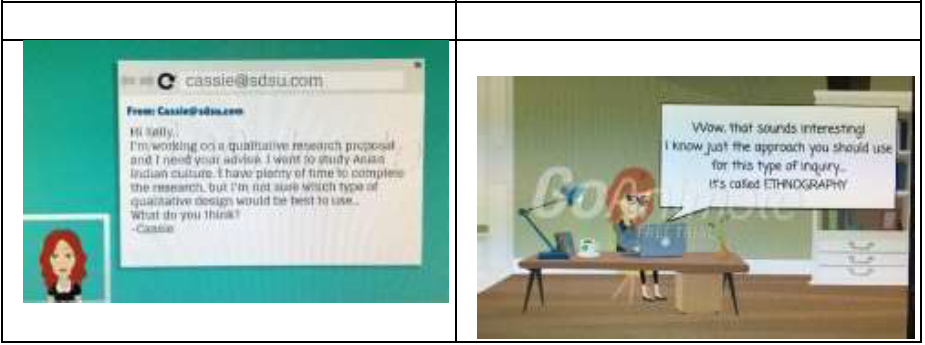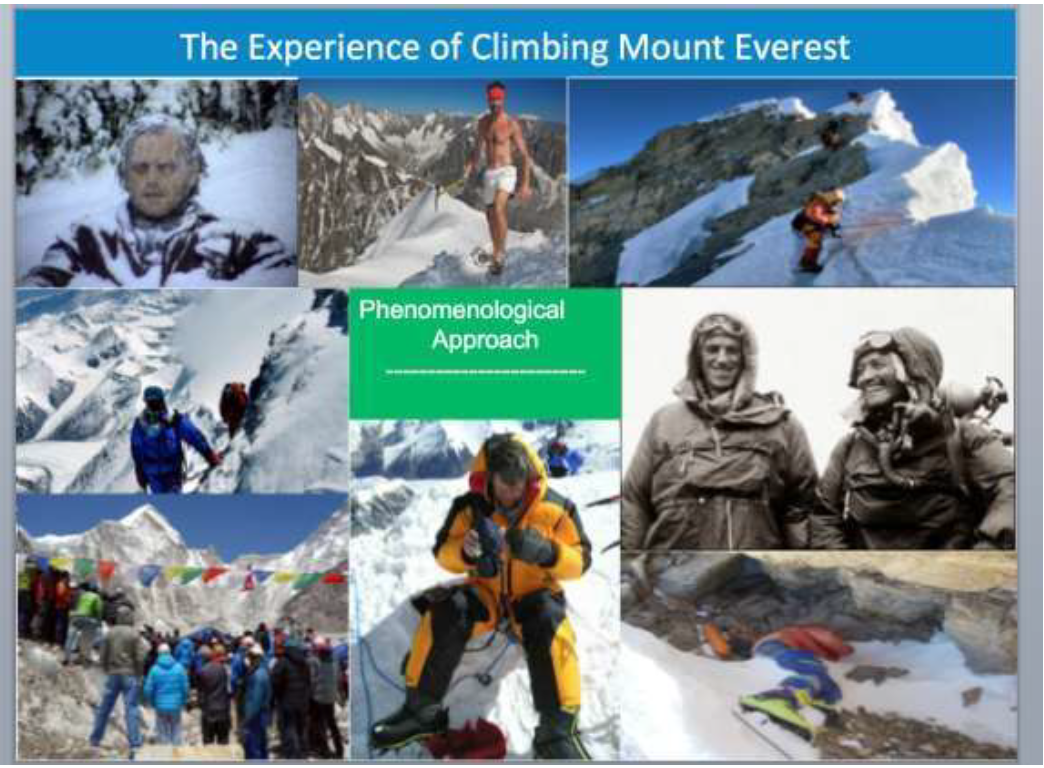Marva Cappello is an Associate Professor of Education at SDSU
Title
HACKing Qualitative Approaches to Inquiry
Lesson Plans
Zeiner (2015) created HACKs as "designed digital assignments that were intended to replace traditional quizzes and encouraged students to engage with their world around them in a 21st century way... [and also] to accommodate the creativity and abilities of the students." HACKs are student created learning products in the form of multimedia responses to readings and course content. Each team will have on qualitative approach to HACK and share in class on 2.2.16. Consider the following questions (Creswell, 2013, p.70) when creating your HACK.
- What is the background for the approach?
- What are the central defining features of the approach?
- What various forms can a study take within the approach?
- What are the procedures for using the approach?
- What are the challenges associated with the approach?
Outcome/Examples
In my class of 8 students, 5 presented traditional (-like) power points to meet the needs of the assignment.

One group of two students used goanimate to narrate a short clip about their approach (ethnography). Although they used an innovative tool, the team still followed a traditional in class reader response reporting format.

One student created this digital collage to represent his key idea that "Phenomenological research is for several individuals of their lived experiences of a concept or a phenomenon."

Reflection
Students asked for examples, but I hesitated wanting them to create their understanding of a HACK themselves. However, I contradicted that message by providing them a framework (Creswell, 2013) in which to think about each qualitative approach. I believe by providing the guiding questions, I situated the HACK as traditional classroom outcome and that is why 7/8 students created more formulaic responses.
click here for pdf file